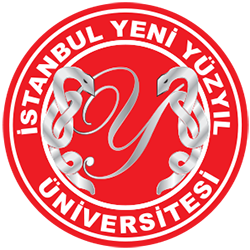Is the incision type important for the development of hernia in liver transplant patients?
View/
Date
2021-09-25Author
Zarbaliyev, Elbrus
Sevmiş, Murat
Kilercik, Hakan
Çelik, Sebahattin
Aktaş, Sema
Çağlıkülekçi, Mehmet
Sevmiş, Şinasi
Metadata
Show full item recordAbstract
Objective: In this study, we aimed to investigate the rates and causes of incisional hernia that developed in the postoperative follow-up of patients who underwent liver transplantation. Material and method: The results of patients who underwent LT by using three different incisions at the İstanbul Yeni Yüzyıl University Gaziosmanpaşa Hospital organ transplant center between January 2015 and December 2019 were retrospectively analyzed. Patients were divided into Chevron (group-1), reverse T (group-2), and J incisions (group-3) and hernia development rates were examined. Results: There was no significant difference in terms of incisional hernia in groups 1 and 2 according to the incision type (p =.723). Incisional hernia rate was significantly lower in the J incision group (p <.001). When the factors that increase the development of hernia in all LT patients were examined, it was seen that male gender (p =.021), high BMI rate (p =.003), postoperative bleeding (p =.018), and wound infection (p =.039) caused a significant increase in risk. Conclusion: The incision, which is made during liver transplant, is important for the development of hernia. The J incision has a low hernia development rate without causing access problems. Regardless of the incision, high BMI index, male gender, postoperative bleeding, and wound infection increase the development of incisional hernia in liver transplant patients.
URI
https://onlinelibrary.wiley.com/doi/epdf/10.1111/ctr.14497?src=getftrhttp://dspace.yeniyuzyil.edu.tr:8080/xmlui/handle/20.500.12629/2342
Collections

DSpace@İYYU by Istanbul Yeni Yüzyil University Institutional Repository is licensed under a Creative Commons Attribution-NonCommercial-NoDerivs 4.0 Unported License..













